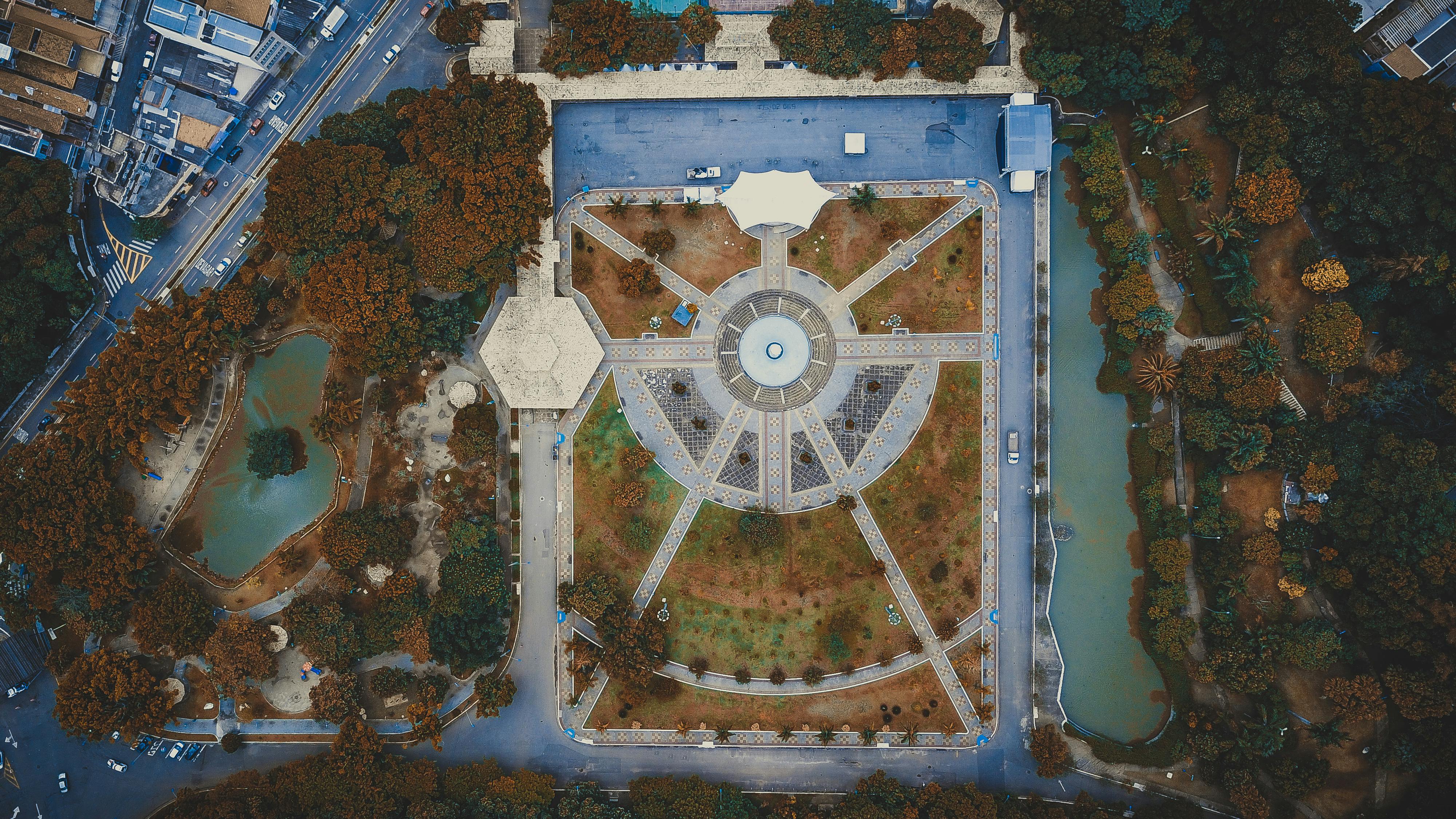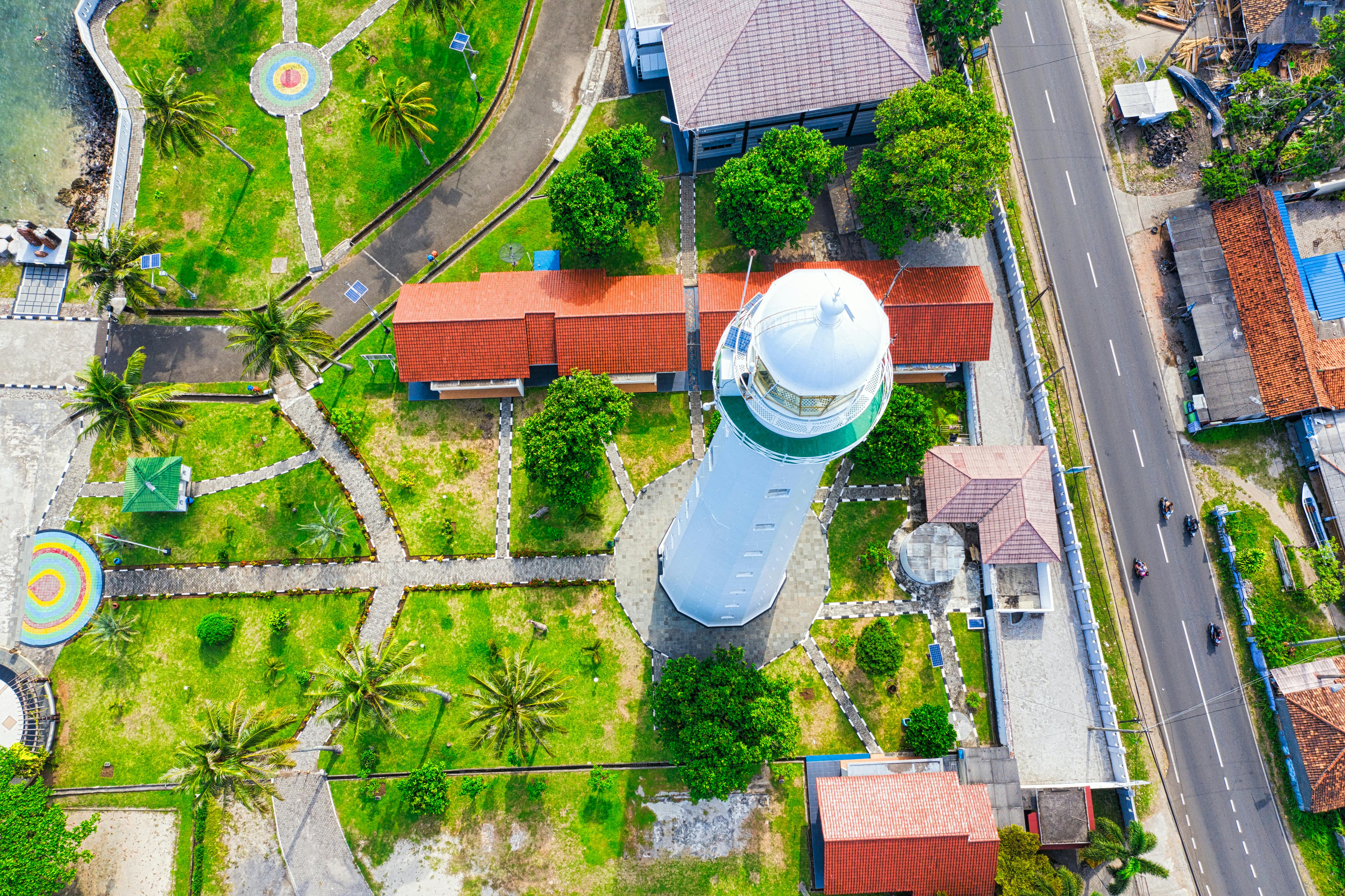Building a garden irrigation system can be a great way to make sure your garden is evenly watered throughout the season. Irrigation systems use a combination of pipes, fittings, valves and other components to provide water to plants on an automated schedule. With the right planning and materials, you can create a customized irrigation system that will give your garden the perfect amount of water. In this guide, we’ll go over how to plan, purchase and install an irrigation system for your garden.In order to build an irrigation system for your garden, you will need the following items: a water source, water pipes, a timer, sprinkler heads, connectors, and stakes. Depending on the size of your garden, you may also need additional items such as a pressure regulator or backflow preventer. Lastly, you will need the necessary tools and supplies to properly install and maintain your irrigation system.
Planning Your Garden Irrigation System
Creating a successful irrigation system for your garden requires careful planning and thought. It is important to consider the type of plants you are growing, the size of your garden and the amount of water that your plants will need. You also need to determine the best way to distribute water evenly across the entire area. Once you have taken all of these factors into consideration, you can begin designing an irrigation system that meets your needs.
The first step in designing an irrigation system is to decide how much water each plant needs and when it
Installing an In-Ground Sprinkler System
Installing an in-ground sprinkler system is a great way to keep your lawn and garden looking lush and healthy all year round. With a little bit of planning and knowledge, you can easily install your own sprinkler system in just a few days. Here are some tips to help you get started.
First, you need to plan out the layout of your sprinkler system. This means deciding where the sprinklers will be placed and what type of water coverage you want for each area.
Constructing an Above-Ground Sprinkler System
Constructing an above-ground sprinkler system is a relatively simple process that can be done in a day with the right tools and materials. First, you will need to decide whether your sprinkler system should be connected to a main water source or if it will be powered by a separate supply tank. If using a separate supply tank, you’ll need to install it and connect it to your sprinkler system.
Once you have decided on the power source for your sprinkler system,
https://images.pexels.com/photos/2062077/pexels-photo-2062077.jpeg
Connecting the Water Source to the Sprinklers
Connecting the water source to the sprinklers is a relatively simple task. It involves connecting a water supply line from the water source, such as a well, hose bib, or main water line, to the sprinkler system. Depending on the type of system you are working with, there are different ways to go about this process. If you are working with an underground sprinkler system, you will need to run a pipe from the water source to an irrigation valve and then from the valve to the sprinkler

Choosing the Right Nozzles and Valves for Your Garden Irrigation System
When it comes to irrigating your garden, choosing the right nozzles and valves can make all the difference. There are a variety of nozzles and valves available on the market today, so it is important to understand what each type of valve and nozzle can do for your garden irrigation system. It is also important to understand the different types of water pressure that each type of nozzle and valve can provide.
The most common type of nozzle is a spray nozzle, which
Setting Up a Timer for Your Garden Irrigation System
Installing a timer for your garden irrigation system is an easy way to ensure that your plants get the right amount of water at the right time each day. It’s an especially important step for those who have limited time and can’t always be around to manually water their plants. With a timer, you don’t have to worry about remembering to water your garden every day; it will automatically be done for you.
The good news is that setting
Assessing Soil Requirements for Your Garden Irrigation System
Assessing the soil requirements for your garden irrigation system is essential in order to ensure that your plants get the correct amount of water. Different types of soil have different water retention abilities and it is important to understand these before selecting a watering system. The first step in assessing the soil requirements for your garden irrigation system is to determine your soil type. Clay soils have high levels of water retention, while sandy soils are prone to quick drainage. Loam soils lie somewhere in between, with a balance of clay, sand

Conclusion
Building a garden irrigation system is a great way to ensure that your plants are getting the water they need. It can be a challenge to plan and install, but it’s worth the effort in the long run. Take your time when planning your irrigation system and consider all of your options. Choose the components that are best suited for your needs, and make sure you have everything necessary to properly install it. With careful planning and installation, you’ll have an effective garden irrigation system that will help keep your plants healthy for many years to come.
Remember
